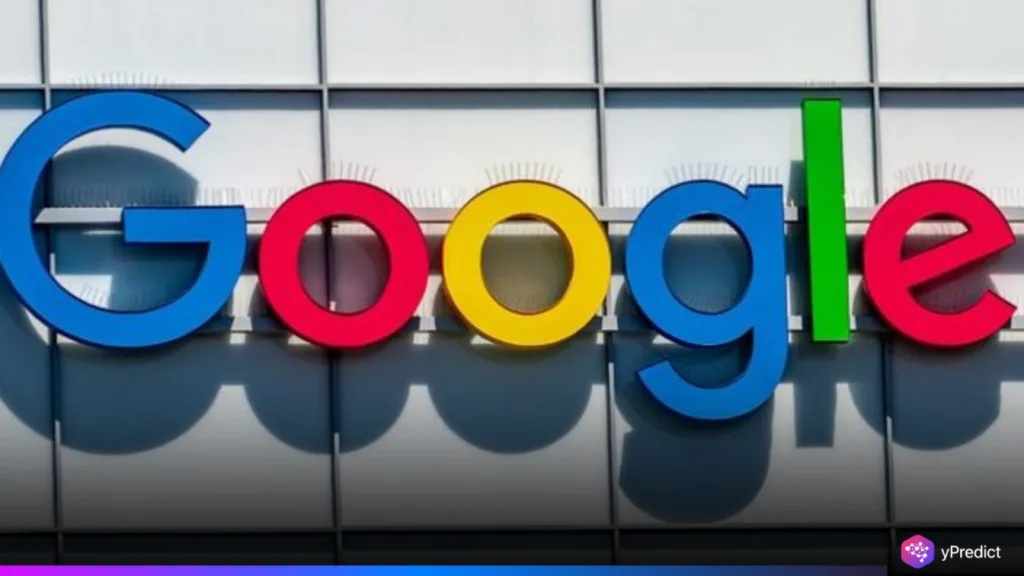
Google signed a 200 MW fusion energy deal with Commonwealth Fusion Systems on July 10, 2025, in a bold power move to expand its AI infrastructure. This is the first corporate agreement of its kind, using MIT Tokamak technology to generate carbon-free base-load energy aimed specifically at AI data centers. The announcement comes after a 2021 achievement in high-temperature superconducting magnets that produced a 20 Tesla magnetic field.
Google intends to use fusion-generated electricity in the early 2030s to meet the growing energy demand of AI systems operating around the clock, across time zones, and multiple industries. This signifies a tactical pivot in how tech companies consider energy, not simply as a sustainable initiative, but as one of operational preservation in a world dominated by AI.
AI Growth Forces Energy Rethink
Google’s fusion move reflects the mounting pressure to secure stable energy for AI workloads. The explosive growth in generative models, real-time language processing, and autonomous systems has overwhelmed traditional power strategies. Solar and wind, while renewable, remain inconsistent. AI cannot afford downtime. Fusion changes the game. The MIT Tokamak design provides 24/7 energy through compact, modular reactors. These units can power specific AI zones without relying on external grids.
By choosing this route, Google avoids the energy volatility that could delay or disrupt AI services. A 2025 ResearchGate report supported the logic behind this shift. It projected up to 60% lower energy costs for data centers using modular fusion units. Google acted on that signal faster than competitors, positioning itself ahead in the AI power race.
MIT Tokamak Tech Drives the Deal
Commonwealth Fusion Systems leads the implementation of MIT Tokamak technology behind the deal. The magnets, developed at MIT, allow fusion reactions within a smaller footprint—ideal for scaling across multiple AI hubs. This tech enables energy production without carbon emissions or fuel instability. Google’s deal uses this innovation not as a test case, but as a foundation for the future of AI power.
The company plans to integrate fusion directly into new data centers, reducing dependency on national grids and creating autonomous AI campuses with dedicated energy flows. This shift rewires the AI supply chain. Power becomes an internal asset, not an external risk. Google’s bet is that fusion, while still unproven at scale, offers enough upside to justify the early investment.
Tech Sector Pressures Energy Policy
The deal also sends a clear message to policymakers. While Washington signals plans to scale back subsidies for solar and wind, the private sector is already exploring alternatives. A July 2025 Canary Media report highlighted expected renewable rollback measures under new U.S. legislation. Google’s fusion contract pressures lawmakers to rethink funding priorities. If fusion delivers on its promise, traditional renewables may lose relevance in AI-specific applications.
Tech companies will no longer wait for regulatory alignment—they will act based on operational urgency. In effect, Google Fusion becomes more than a tech headline. It turns into a signal that AI’s energy architecture will not follow yesterday’s playbook. It will set its own rules, backed by private capital and long-term vision.
AI Becomes the Energy Trendsetter
This agreement confirms a turning point. AI is no longer a passenger in global energy debates; it’s the driver. The scale and speed of AI adoption demand tailored energy solutions. Google’s partnership with Commonwealth Fusion Systems shows how the industry plans to meet that demand. By aligning fusion development with AI priorities, Google opens the door to a new kind of infrastructure, energy-first, compute-optimized, and disruption-proof.
While commercial fusion still faces engineering challenges, the momentum is now real. Google’s move isn’t speculative. It’s strategic. Fusion may take years to fully deliver, but AI can’t wait. This deal proves that the companies shaping the future of intelligence are now shaping the future of power, too.






